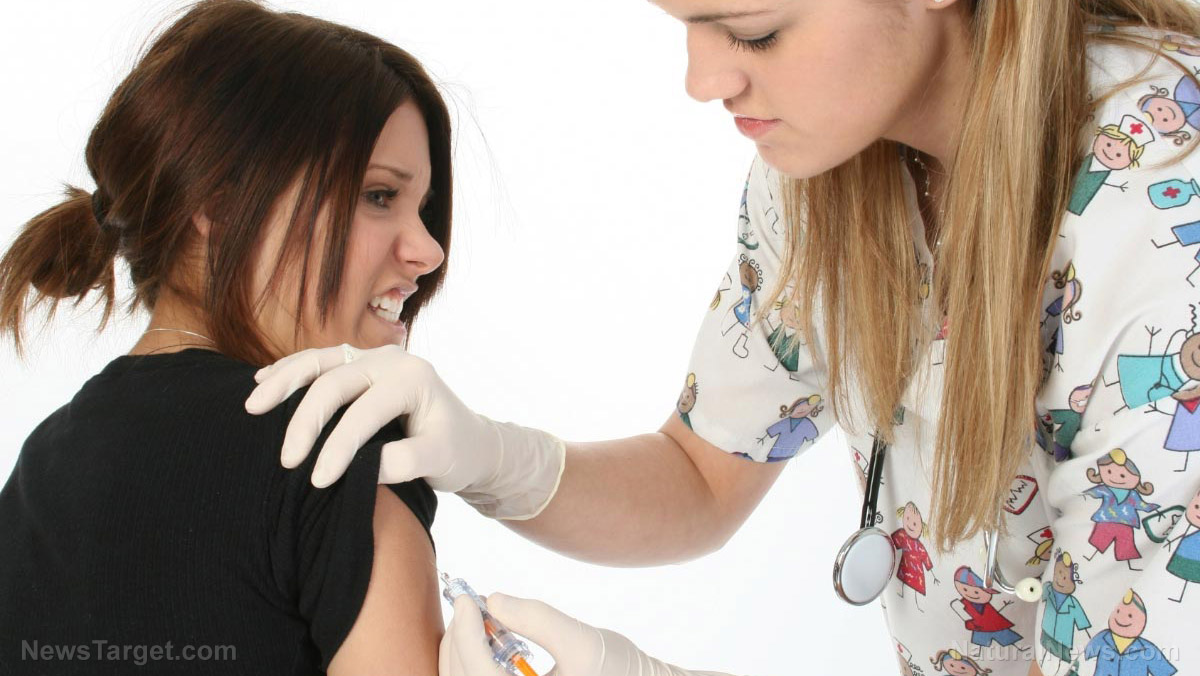Death on the operating table: The real cost of deaths due to medical errors
08/18/2018 / By Ralph Flores

“My grandson was almost killed,” Gabe Zolna recalls.
Oddly enough, it wasn’t a disease or an accident that nearly took his boy’s life – it was a slice of pizza from a negligent nurse. His grandson, he added, had an allergic reaction to a protein found in milk – something that would make him “cry horrifically” after being fed. Eager to find a cure, the family took the child to a hospital, where the doctors ran some tests. According to Zolna, the doctors could have done one more test to check if the child had the allergy.
He vividly remembered the doctors skipping that test. Instead, they proceeded to do an acid reflux surgery, a procedure where the upper part of the stomach is wrapped around the esophagus to prevent its contents from flowing back up to the esophagus.
The surgery, however, was the least of their problems. His grandson needed to be back in the operating table – this time, after a nurse fed him with chicken fingers and pizza while he was still recovering, which resulted in the obstruction of the child’s esophagus. From just one surgery, Zolna’s grandson now had two, and one “split him right open.”
Fortunately, there’s a silver lining to this story. His grandson recovered just fine and is now “an incredible soccer player,” according to Zolna.
Watch his remarkable story, as well as his take on improper patient care, from REAL.video here:
To risk life and limb on the operating table
Of course, not everyone is as lucky as Zolna’s grandson.
According to the World Health Organization, patient safety is a “serious global public health concern.” In their latest data, at least 42.7 million patients have been harmed during hospitalization – making it the 14th leading cause of morbidity and mortality across the world. This means that the risk of an adverse event during a hospital visit is one in 300, which makes the odds of being harmed in a plane much better – at one in a million.
Morbidity and mortality rates from surgical complications, in particular, are still one of the highest recorded. Each year, at least seven million people experience disabling surgical complications, from which over a million die. In the U.S., more than 250,000 people die in a year because of medical errors, making it one of the leading causes of death after cancer and heart disease.
In his video, Zolna – who is also the host of ZolnaReport.com – reports that at least 50,000 women are injured during childbirth each year, of which more than 700 cases result in death because of a medical error.
“Some [are injured] permanently, some are paralyzed, some will never be able to have children again – all because of improper care,” he added.
Incidentally, these figures wildly vary, mainly because death certificates rarely note human errors and system failures involved – which are the same records that the Centers for Disease Control and Prevention uses in posting statistics for deaths nationwide.
In a recent study, researchers from the John Hopkins University School of Medicine have urged the CDC to update this procedure. However, according to study co-author Dr. Martin Makary, nothing has been done to resolve the issue.
“Too often, the health-care system silences people around a problem,” Makary added. (Related: Medical error kills hospital employee in Dallas, jury awards family $19.7M.)
Getting ahead of the game
Patients, for the most part, can do their part and be vigilant when it comes to their own care – which involves demanding quality, cost-effective care; actively participating in patient-safety policy-making activities; and for pushing for laws that advocate for greater patient safety.
Other things that they can do include:
- Asking questions. Get as much information as you can from your healthcare provider. This includes possible treatments and procedures for your conditions.
- Getting a second opinion. If you’re unsure about a diagnosis, don’t be afraid to ask another doctor. Good doctors, according to Makary, will be open for their diagnosis to be confirmed by another doctor.
- Bringing a friend. For most patients, the amount of information he or she gets can be difficult to process alone. Have someone come with you during an appointment – it helps if it’s someone who’s able to grasp information and ask relevant questions. It’s best if both the patient and the advocate are “respectful but assertive” when seeking information they’d like to understand.
- Making their medical information accessible. Patients who can readily present their medical information greatly reduce their risk for medical errors. You can use your phone to store your information so you just present it when you need it. Additionally, there are apps available that help you manage your condition, and much more.
This feature, which exposes the risks of medical errors, can be viewed at this link.
Learn more about the dangers of improper medical procedures at Awakening.news.
Sources include:
Tagged Under: bad doctors, dangerous doctors, death, doctors, healthcare, healthcare system, hospital, Hospitals, improper medical care, medical errors, medical malpractice, medical procedures, morbidity, mortality, operating table, operation, patient safety, Public Health, risk, surgery, surgical complications



















